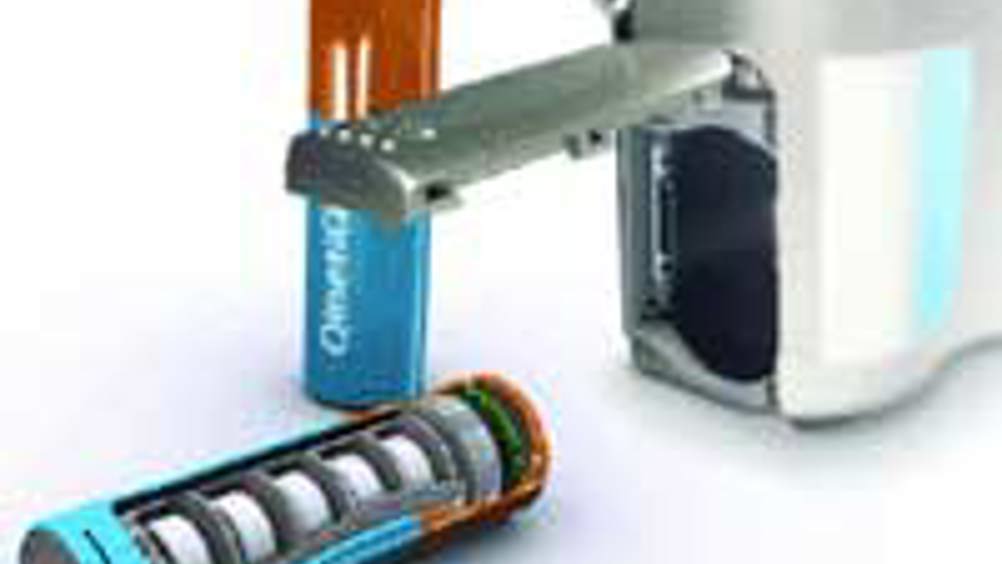Running on air

A new type of air-fuelled battery could give up to 10 times the energy storage of designs currently available.
This step-change in capacity could pave the way for a new generation of electric cars, mobile phones and laptops.
The research work, funded by the Engineering and Physical Sciences Research Council (EPSRC), is being led by engineers at the University of St Andrews with partners at Strathclyde and Newcastle.
The new design has the potential to improve the performance of portable electronic products and give a major boost to the renewable energy industry. The batteries will enable a constant electrical output from sources such as wind or solar, which stop generating when the weather changes or night falls.
The research team explained the improved capacity is due to a component that uses oxygen drawn from the air during discharge, replacing one chemical constituent used in rechargeable batteries. It is claimed that not carrying the chemicals around in the battery offers more energy for the same size battery. The researchers believe this is a significant development for electric car developers who have struggled for a long time to find smaller and lighter batteries with all the necessary charge capacity.
Register now to continue reading
Thanks for visiting The Engineer. You’ve now reached your monthly limit of news stories. Register for free to unlock unlimited access to all of our news coverage, as well as premium content including opinion, in-depth features and special reports.
Benefits of registering
-
In-depth insights and coverage of key emerging trends
-
Unrestricted access to special reports throughout the year
-
Daily technology news delivered straight to your inbox










Water Sector Talent Exodus Could Cripple The Sector
Maybe if things are essential for the running of a country and we want to pay a fair price we should be running these utilities on a not for profit...